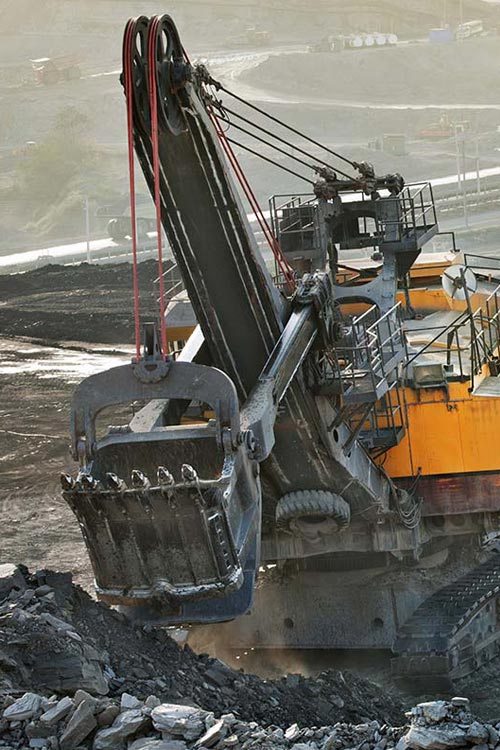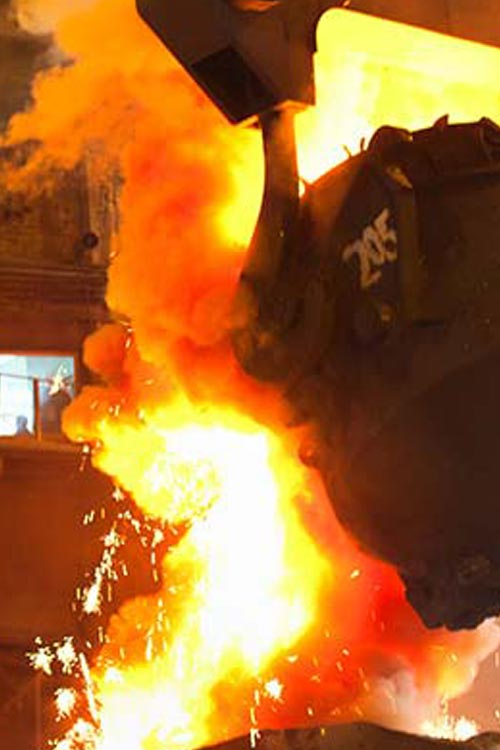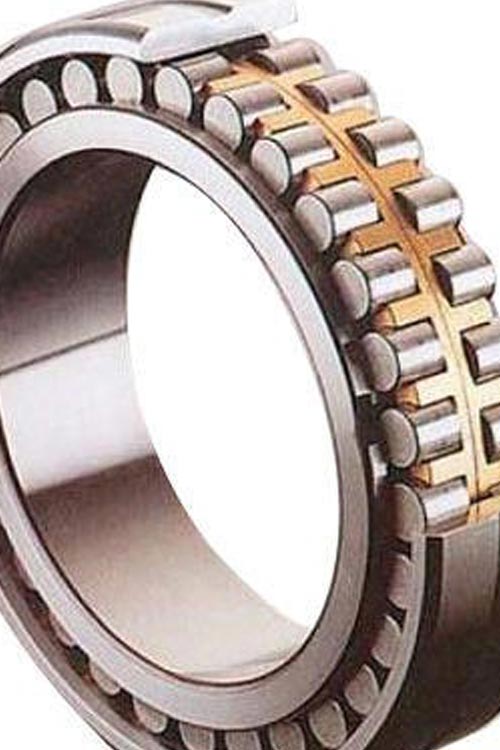SKU 110201
Category Greases
High Speed Grease
UNIFLEX 15
High Speed Grease Advantages
Unifex 15 provides maximum protection against corrosion and wear. It is also a product that is resistant to water, chemical environments and oxidation. Due to its high pumpability, high speed bearing grease supports the uninterrupted operation of machines in centralized lubrication systems.
Unifex 15 has been developed as a complete high speed grease. Thanks to its complex structure, barium does not lose its absorption capacity even at high pressures. It is mostly preferred in needle bearings and high-speed plain bearings.
It is used in CNC lathe head bearings because it operates smoothly even at high speeds. Since high speed grease does not lose its protective properties against cutting fluids, it is frequently preferred in applications where there is a risk of liquid splashing on the bearings.
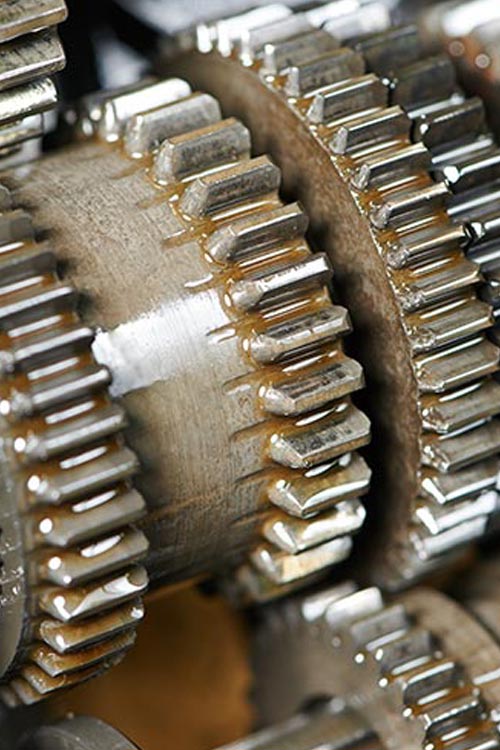
Offers a wide operating temperature range of 40 / 130 °C
It shows very good working stability even in chemical environments.
It is perfectly compatible with plastic and elastomer materials.
High Speed Grease Features
- Offers a wide operating temperature range of 40 / 130 °C
- It shows very good working stability even in chemical environments.
- It is perfectly compatible with plastic and elastomer materials.
- Unifex 15 is truly a high speed grease.
- It provides maximum resistance to factors such as abrasion and corrosion.

High Speed Grease Usage Areas
Which Industries
Should Prefer?



You can contact us for any questions you may have
YOU MAY
ALSO
INTEREST
PRODUCTS
High Speed Grease Tech Data
| ANALİZLER | STANDART | BİRİM | SONUÇ |
|---|---|---|---|
| Color | Beige | ||
| Appearance | Homogeneous | ||
| Thickener | Barium Complex | ||
| Base Oil | Ester + SHC | ||
| Base Oil Viscosity (cst) at 40 °C | ASTM D445 | cst | 15 |
| Temperature Range | °C | -40 / 130 | |
| NLGI Class | 2 | ||
| Penetration | ASTM D217 | mm/10 | 265 - 295 |
| Dropping Point | ASTM D2265 | °C | > 240 |
| Seperation from Oil (% weight)30 hours / 100 °C | ASTM D6184 | %wt | % 9,00 |
| Seperation from Oil (% weight) 7 days / 40 °C | IP 121 | %wt | 0,91 |
| Four Ball Test 1 hour /75 °C - 40kg (392 N) | ASTM D2266 | mm | 0,65 |
| Four-Ball EP Test 10 sec. / 1770 rpm Speed | ASTM D2596 | kg | > 250 |
| Water Spray (% weight) | ASTM D4049 | %wt | %25 |
| Rust Test | ASTM D1743 | Pass |
High Speed Grease Frequently Asked Questions
Contact Form
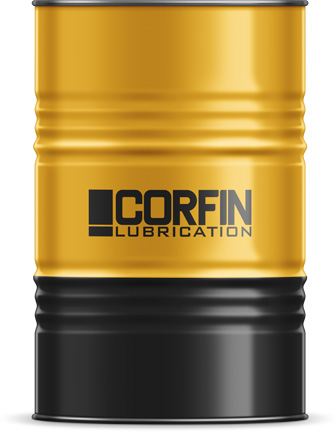
MADE IN
TÜRKİYE
FOR ALL ORDERS
FREE SHIPMENT
ON-SITE PROBLEM
DETECTION
TECHNICAL
CONSULTING
THE IMPORTANCE OF CHOOSING THE CORRECT HIGH-SPEED GREASE
Most industrial facilities have bearings that spin faster than normal processing equipment. When it comes to lubricating these pieces of equipment, not all lubricants behave the same.
For grease-lubricated components, the effects of grease on bearings can lead to increased heat, friction, and ultimately premature failure.
By correctly selecting a high-speed grease that can handle these high speeds, it is possible to help minimize possible failures caused by incompatibility with the application of the lubricant.
One of the most important considerations when choosing a high-speed grease is the temperature at which the bearing will operate. To ensure that the selected grease works at high temperatures, the dropping point of the grease must be checked.
A high dropping point is important for bearings operating at high temperatures. However, just because a grease has a high dropping point does not mean that the base oil can withstand high temperatures. The dropping point does not equal the maximum usable temperature. There must be a buffer between the temperature at which the bearing operates and the high-speed grease dropping point.
HOW SHOULD GREASE CHANGE BE DONE?
When changing grease types, it is important to remove as much of the old grease as possible to minimize any incompatibility problems with the new high speed grease. If necessary, the equipment should be disassembled and as much grease removed as possible.
While most applications will be properly lubricated with a general purpose grease, for situations where the NDM value is extremely high, it is critical to ensure the lubricant can protect the equipment. Therefore, even if a high-speed grease with all the features is selected, the only way to truly know whether the grease will perform as desired is to conduct a field trial.
To do this, bearing temperature should be monitored and checked for grease or oil leaks from seals or discharge vents. Finally, it is necessary to ensure that the NDM values of the bearings are calculated in order to select the appropriate lubricant. With careful oil selection, high-speed equipment will have a longer service life.
The information contained on this page is based on our current experience and is intended to provide information on appropriate use or application based on technical experience. It does not constitute a warranty or guarantee for the product. It is recommended that you contact us for your specific applications and for more comprehensive information. Akoni Kimya reserves the right to change all of the information on this page without notice.
SKU 110201
Category Greases
High Speed Grease
UNIFLEX 15

THICKENER
Barium Complex
BASE OIL
Ester
NLGI
2
1 kg, 20 kg
1-3 Weeks
-
MADE IN
TÜRKİYE
-
FOR ALL ORDERS
FREE SHIPMENT
-
ON-SITE PROBLEM
DETECTION
-
TECHNICAL
CONSULTING
High Speed Grease Advantages
Unifex 15 provides maximum protection against corrosion and wear. It is also a product that is resistant to water, chemical environments and oxidation. Due to its high pumpability, high speed bearing grease supports the uninterrupted operation of machines in centralized lubrication systems.
Unifex 15 has been developed as a complete high speed grease. Thanks to its complex structure, barium does not lose its absorption capacity even at high pressures. It is mostly preferred in needle bearings and high-speed plain bearings.
It is used in CNC lathe head bearings because it operates smoothly even at high speeds. Since high speed grease does not lose its protective properties against cutting fluids, it is frequently preferred in applications where there is a risk of liquid splashing on the bearings.

Offers a wide operating temperature range of 40 / 130 °C
It shows very good working stability even in chemical environments.
It is perfectly compatible with plastic and elastomer materials.
High Speed Grease Features
- Offers a wide operating temperature range of 40 / 130 °C
- It shows very good working stability even in chemical environments.
- It is perfectly compatible with plastic and elastomer materials.
- Unifex 15 is truly a high speed grease.
- It provides maximum resistance to factors such as abrasion and corrosion.

High Speed Grease Usage Areas
Which Industries
Should Prefer?


You can contact us for any questions you may have
IN THESE PRODUCTS
YOU MAY BE INTERESTED
High Speed Grease Tech Data
| ANALİZLER | STANDART | BİRİM | SONUÇ |
|---|---|---|---|
| Color | Beige | ||
| Appearance | Homogeneous | ||
| Thickener | Barium Complex | ||
| Base Oil | Ester + SHC | ||
| Base Oil Viscosity (cst) at 40 °C | ASTM D445 | cst | 15 |
| Temperature Range | °C | -40 / 130 | |
| NLGI Class | 2 | ||
| Penetration | ASTM D217 | mm/10 | 265 - 295 |
| Dropping Point | ASTM D2265 | °C | > 240 |
| Seperation from Oil (% weight)30 hours / 100 °C | ASTM D6184 | %wt | % 9,00 |
| Seperation from Oil (% weight) 7 days / 40 °C | IP 121 | %wt | 0,91 |
| Four Ball Test 1 hour /75 °C - 40kg (392 N) | ASTM D2266 | mm | 0,65 |
| Four-Ball EP Test 10 sec. / 1770 rpm Speed | ASTM D2596 | kg | > 250 |
| Water Spray (% weight) | ASTM D4049 | %wt | %25 |
| Rust Test | ASTM D1743 | Pass |
High Speed Grease Frequently Asked Questions
Contact Form
THE IMPORTANCE OF CHOOSING THE CORRECT HIGH-SPEED GREASE
Most industrial facilities have bearings that spin faster than normal processing equipment. When it comes to lubricating these pieces of equipment, not all lubricants behave the same.
For grease-lubricated components, the effects of grease on bearings can lead to increased heat, friction, and ultimately premature failure.
By correctly selecting a high-speed grease that can handle these high speeds, it is possible to help minimize possible failures caused by incompatibility with the application of the lubricant.
One of the most important considerations when choosing a high-speed grease is the temperature at which the bearing will operate. To ensure that the selected grease works at high temperatures, the dropping point of the grease must be checked.
A high dropping point is important for bearings operating at high temperatures. However, just because a grease has a high dropping point does not mean that the base oil can withstand high temperatures. The dropping point does not equal the maximum usable temperature. There must be a buffer between the temperature at which the bearing operates and the high-speed grease dropping point.
HOW SHOULD GREASE CHANGE BE DONE?
When changing grease types, it is important to remove as much of the old grease as possible to minimize any incompatibility problems with the new high speed grease. If necessary, the equipment should be disassembled and as much grease removed as possible.
While most applications will be properly lubricated with a general purpose grease, for situations where the NDM value is extremely high, it is critical to ensure the lubricant can protect the equipment. Therefore, even if a high-speed grease with all the features is selected, the only way to truly know whether the grease will perform as desired is to conduct a field trial.
To do this, bearing temperature should be monitored and checked for grease or oil leaks from seals or discharge vents. Finally, it is necessary to ensure that the NDM values of the bearings are calculated in order to select the appropriate lubricant. With careful oil selection, high-speed equipment will have a longer service life.
The information contained on this page is based on our current experience and is intended to provide information on appropriate use or application based on technical experience. It does not constitute a warranty or guarantee for the product. It is recommended that you contact us for your specific applications and for more comprehensive information. Akoni Kimya reserves the right to change all of the information on this page without notice.



